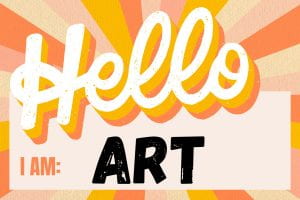
I love art. One of my favourites is abstract because the beauty can come from so many aspects. Lines, shapes, colour palette, textures, patterns, contrast, and especially because each time I look at an abstract piece, I discover something new. A lot of the art we do in our early childhood is exploratory. We are investigating, experimenting, and testing what materials can and cannot do, how they interact, how we can compose them on a surface or in a space (yes, art includes building!). This is called process art. Check out this article for a deeper insight into process art, as I cannot have written it better myself.
Art is not just visual. There is music, dance/performance, architecture (including engineering) and design, even math and literacy follow patterns and have their own language and beauty. I admire all types of creativity and artistic expression, which are so important in the early years and I highly encourage and support them in my classroom! That being said, I am happy to formally introduce you to an important piece of the JK program: Arts integration.
When I completed my Master’s of Education, my final project drew on many of the courses I had taken as well as my decades of teaching experience. It is a ‘Ted Talk’ style presentation about arts integration in a Junior Kindergarten setting, weaving together an arts curriculum with the trilingual program here at OJCS. I talk about my personal teaching philosophy and elements of Gardner’s theory of multiple intelligences, which I use to create experiential learning opportunities for each and every student. Let me know if you’d like to hear it, I’m happy to share! This is what I use for my everyday curriculum design, and it helps each student really connect to and deepen their learning experiences – each in their own special way.
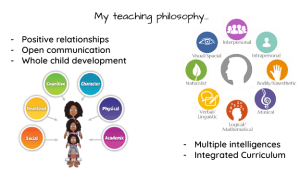
Here in JK, we have been integrating the arts since the very first day of school. We have done many crafts, process art projects, and STEAM (Science Technology Engineering Art and Math) activities. We have gained music with Moreh David, but sadly, lost our official art period. So, I have begun formally teaching the 7 elements of design: line, form, texture, pattern, light, space, and colour, and will be investigating and integrating these elements into our curriculum over the next 7 weeks, seeing how they connect with what we already know, and exploring where they can take us.
We kicked off this past Monday with the first element – ‘line’. We learned that lines have a beginning and an end. They can be straight or curved, and go in many directions, and even switch directions in the middle. We read the story “Harold and the Purple Crayon” by Crockett Johnson and each student got to be author and illustrator of their own version of the story! Check them out here.
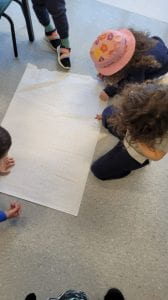
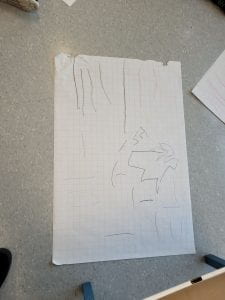
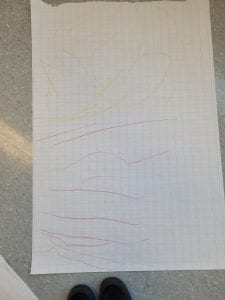
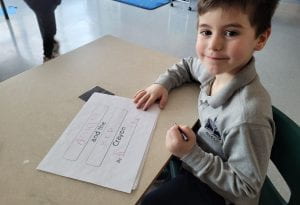
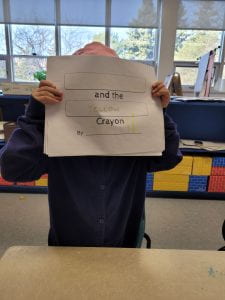
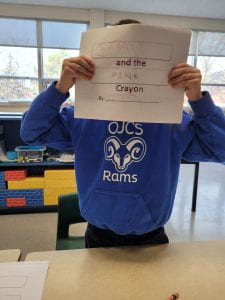

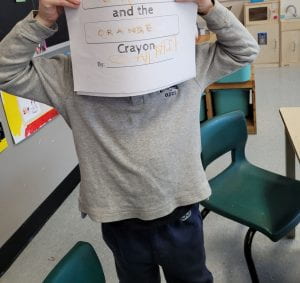
On Tuesday, we explored ‘line’ through a scientific lens and created zip lines – one of our favourite things to play with in the playground. We used paper towel rolls, straws, different types of string, and feathers as decorations to create the bodies that travel along the zip line. We learned new concepts and vocabulary (zip line, trolley, gravity, weight, speed, and friction). We experimented with different materials (for the zip line) to test friction and discovered that a rough rope creates a lot of friction, causing the body to go slower, and a smooth rope creates less friction, therefore the body goes faster. Each student will be bringing their zip line kit home at the end of the week and they are super excited to show you!
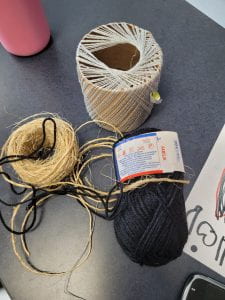
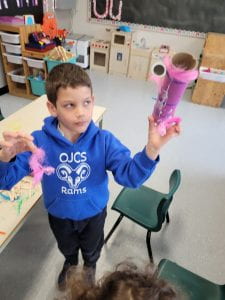
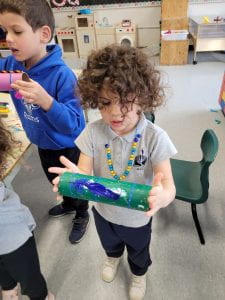
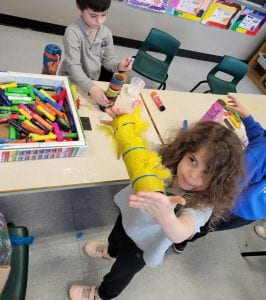
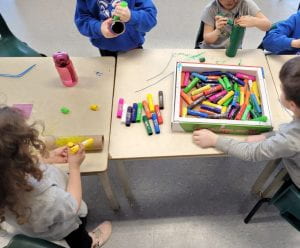
Today, we learned a little bit about cowboys, specifically line dancing! We learned the steps to the ‘Cowboy Hustle’ and you can practice at home with your child(ren) using this helpful video.
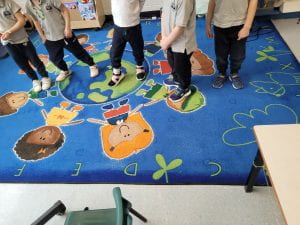
Your children are so excited to see what else is in store for them tomorrow and Friday, and we will continue next week with the element ‘form’.
See you tomorrow evening at the Semaine de la Francophonie celebration!